Personalized metal...
The future trend of tin box packaging: How can factories seize market opportunities with innovative technology?
This article deeply analyzes the innovative direction of the tin box packaging industry and explores how tin box factories gain market competitive advantages through intelligent production, environmentally friendly technology and personalized customization services.
---
I. The current situation and challenges of the tin box packaging industry
With the global consumption upgrade and the awakening of environmental awareness, the tin box packaging market is undergoing structural changes. Data shows that in 2023, the demand for customized tin boxes in the high-end gift packaging market will increase by 17% year-on-year, but at the same time it faces three core challenges:
1.1 Stricter environmental regulations: EU packaging waste regulations require that all packaging materials must be 70% recyclable by 2030
1.2 Cost control pressure: Fluctuations in metal raw material prices have caused traditional tin box factories to see a 3-5% drop in profit margins
1.3 Explosion of personalized demand: 76% of brands require packaging to have both functionality and brand narrative capabilities
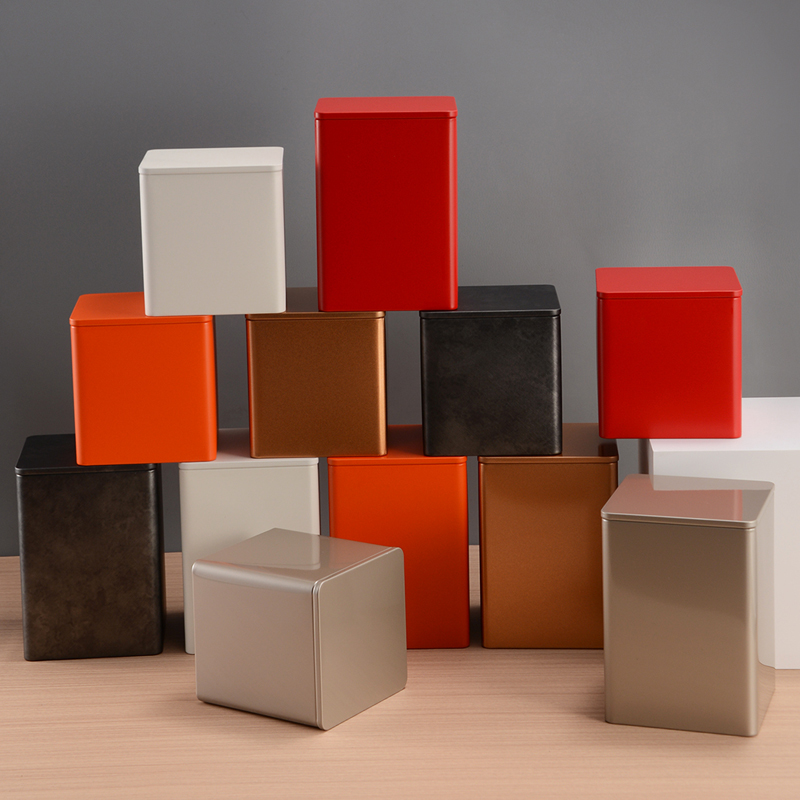
---
II. Four breakthroughs in innovative processes
2.1 Reconstruction of intelligent production systems
Leading tin box factories are deploying "digital twin + flexible manufacturing" systems:
- Laser engraving accuracy exceeds 0.01mm: micron-level restoration of complex patterns
- AI quality control system: defect detection accuracy increased to 99.8%, scrap rate reduced by 40%
- Modular mold technology: a single mold supports 200+ shape changes, and switching time is shortened to 15 minutes
2.2 Revolutionary application of sustainable materials
Environmentally friendly tin box packaging solutions have become a new benchmark in the industry:
- Bio-based coating technology: Plant extracts are used to replace traditional inks, reducing VOCs emissions by 90%
- Recycled tin alloy process: Secondary metallurgical technology makes waste utilization rate reach 85%, and carbon emissions are reduced by 30%
- Detachable structure design: Packaging recycling and disassembly time is shortened from 8 minutes to 90 seconds
2.3 Deep evolution of customized services
From simple lettering to full-link brand empowerment:
- AR augmented reality packaging: Mobile phone scanning triggers 3D brand story display
- Intelligent temperature control tin box: Built-in sensors realize full-process temperature monitoring of medicines/foods
- Emotional interactive design: Customization of five senses experience such as opening sound effects and tactile feedback
2.4 Cross-border integration and innovation
New species that break through the boundaries of traditional packaging emerge:
- Photovoltaic energy storage tin box: The surface integrates solar film to charge electronic devices
- Self-healing coating technology: Minor scratches can be automatically repaired within 24 hours
- Antibacterial nano-coating: 99.99% inhibition rate for E. coli
_1.jpg)
---
III. Actual combat cases: market transformation of innovative processes
3.1 Christmas limited edition of a luxury brand
- Innovation point: cold enamel process + magnetic suspension lining
- Results: 58% increase in customer unit price, more than 23 million times of social media exposure
3.2 Pharmaceutical cold chain packaging solution
- Technology combination: phase change material + IoT tracking chip
- Value creation: transportation loss rate reduced from 12% to 0.8%, FDA certified
---
IV. Competitiveness model of future factories
Forward-looking tin box factories should build a three-dimensional capability matrix:
1. Technical depth: annual R&D investment is not less than 8% of revenue
2. Agile response: the cycle from design to delivery is compressed to less than 7 days
3. Ecological synergy: establish an innovation alliance with material science laboratories and industrial design institutions
---
Industry Insights:
According to Smithers' forecast, the smart packaging market will reach $39.7 billion in 2025, of which metal packaging is expected to account for 28%. Tin box factories with process innovation capabilities can build a moat in the high-end customization market through the path of "technology patenting → patent standardization → standard marketization". It is recommended to focus on the layout of cutting-edge fields such as nano-coating, embedded sensing, and low-carbon metallurgy, and simultaneously build a digital customer co-creation platform to directly import end-user needs into the production system, and realize the strategic transformation from "order executor" to "solution planner".
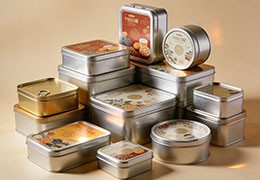
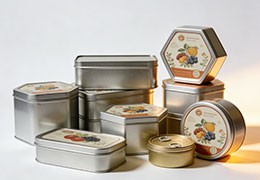
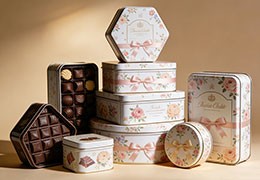

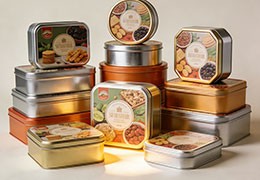
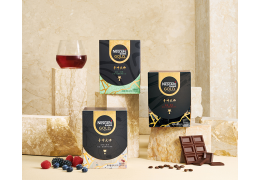
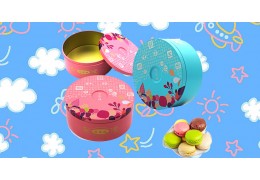
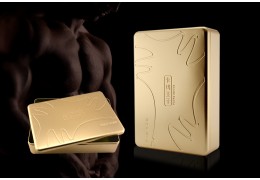

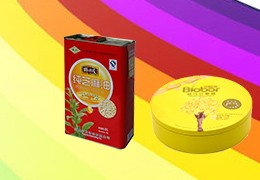

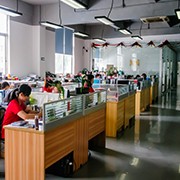


Latest comments